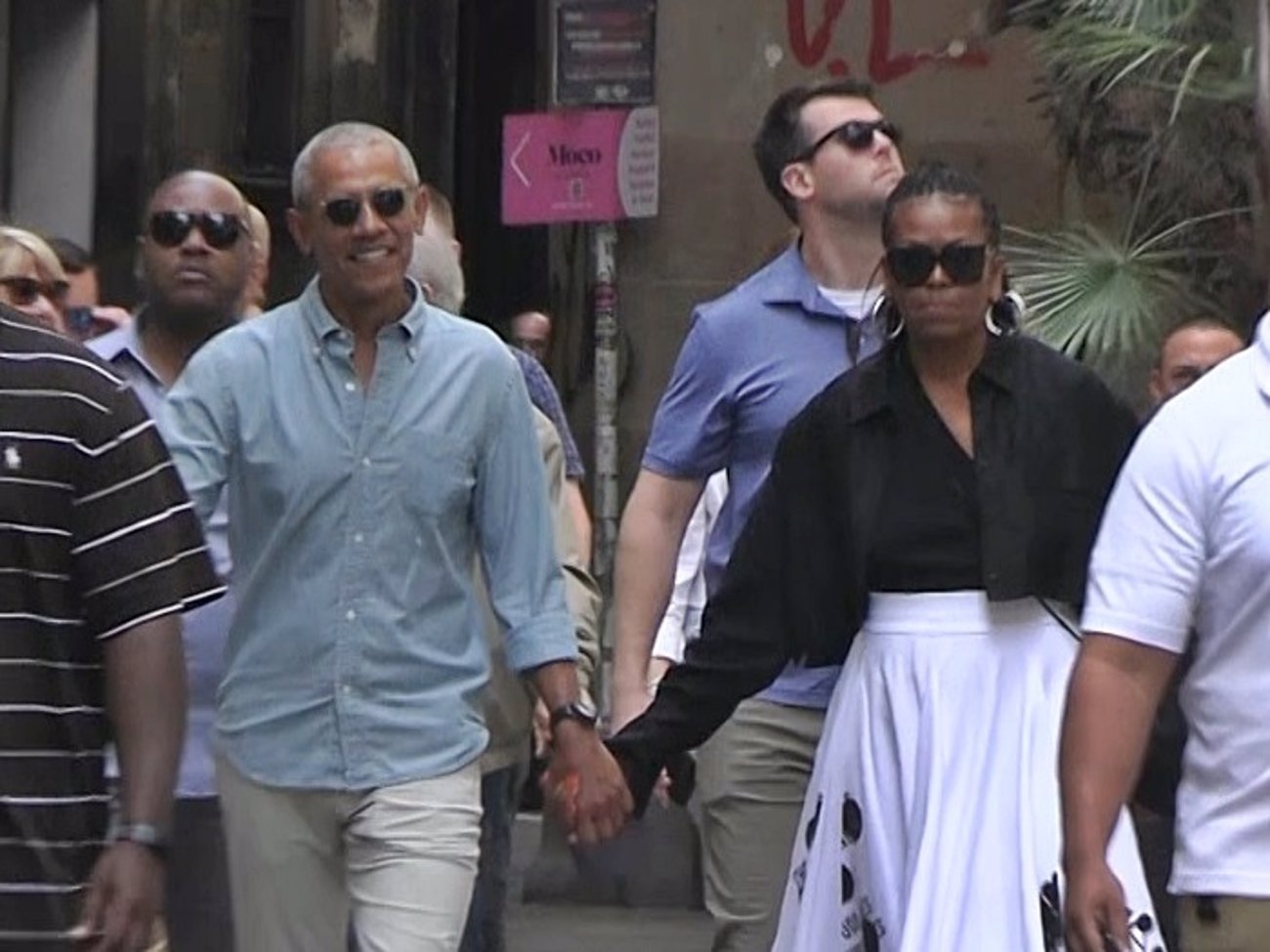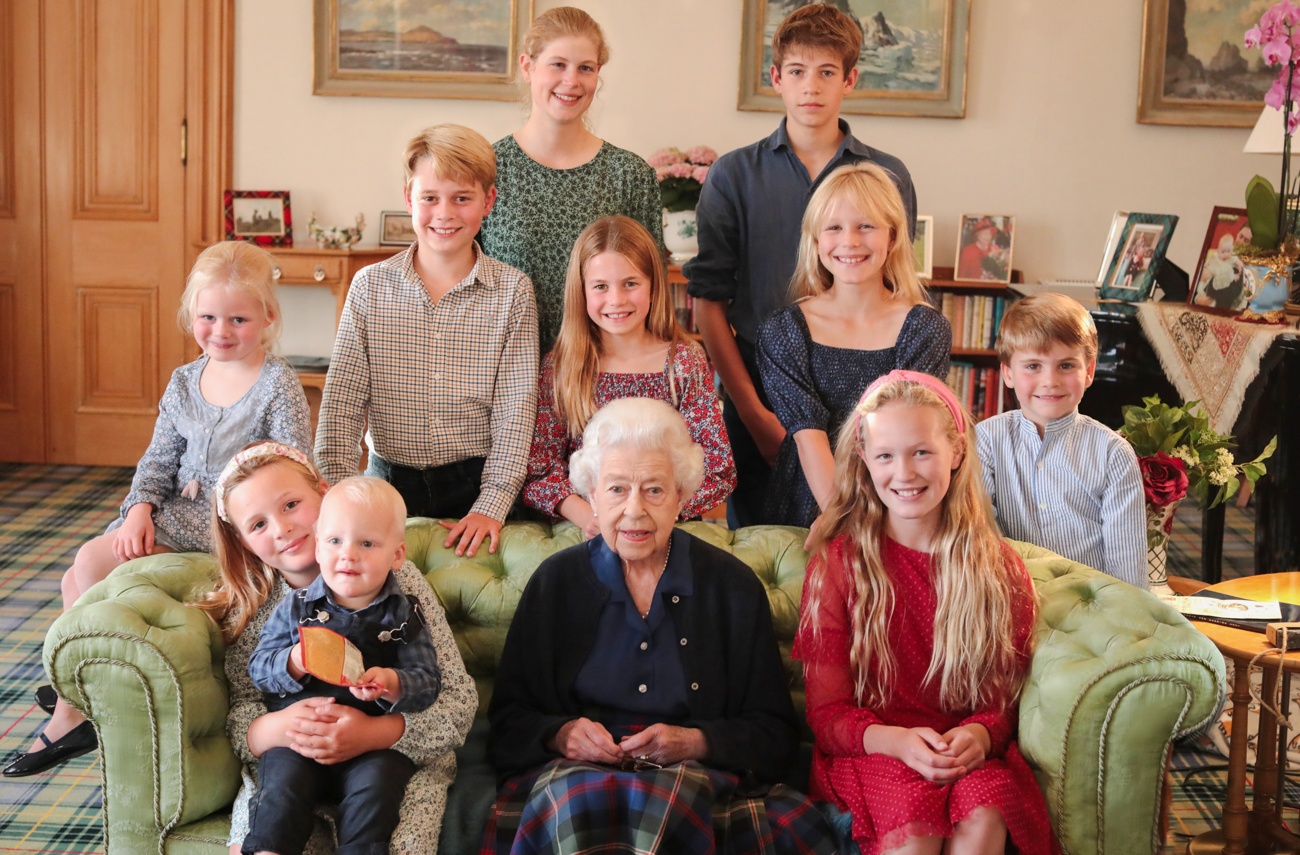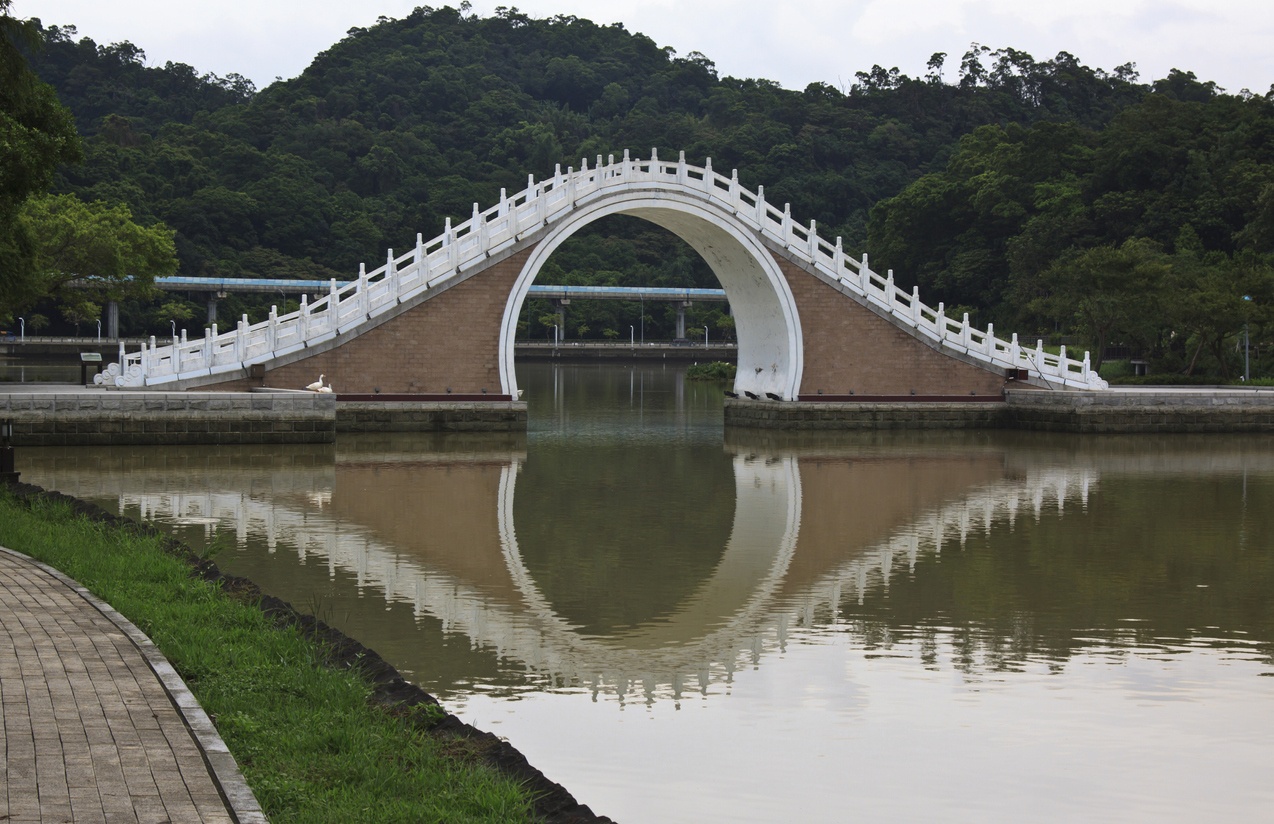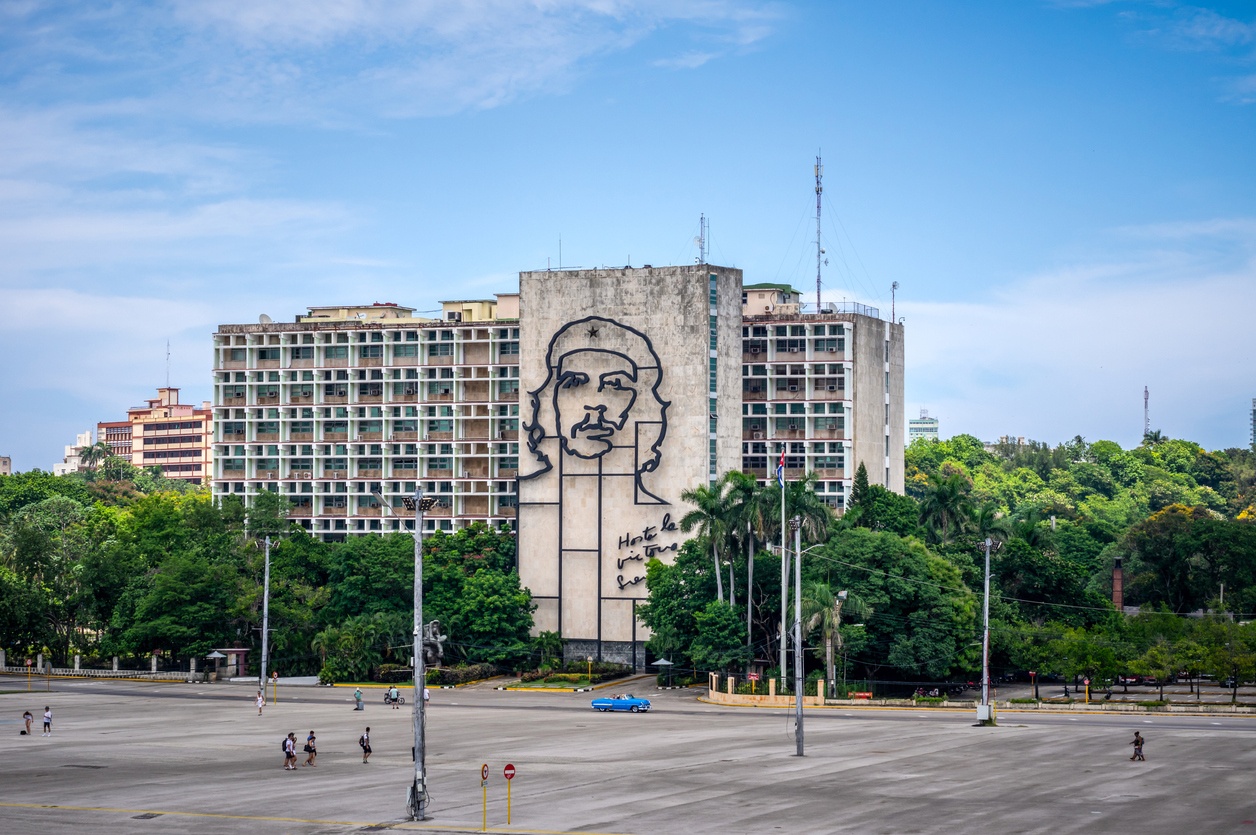
Revolution Square, Havana (Cuba)
The Plaza de la Revolución is one of the most emblematic squares in Havana and Cuba in general. It was built in the 1950s and is known for being the place where revolutionary leader Fidel Castro gave many of his speeches. The square is huge, with an area of over 72,000 square meters, and has a large obelisk over 109 meters high in its center, commemorating José Martí, one of Cuba’s national heroes. There are also large murals of Che Guevara and Camilo Cienfuegos on nearby buildings. The square has been the scene of many important events in Cuba’s history, such as military parades and speeches by revolutionary leaders. Today, the square remains an important place for the gathering of large crowds for demonstrations and political celebrations.
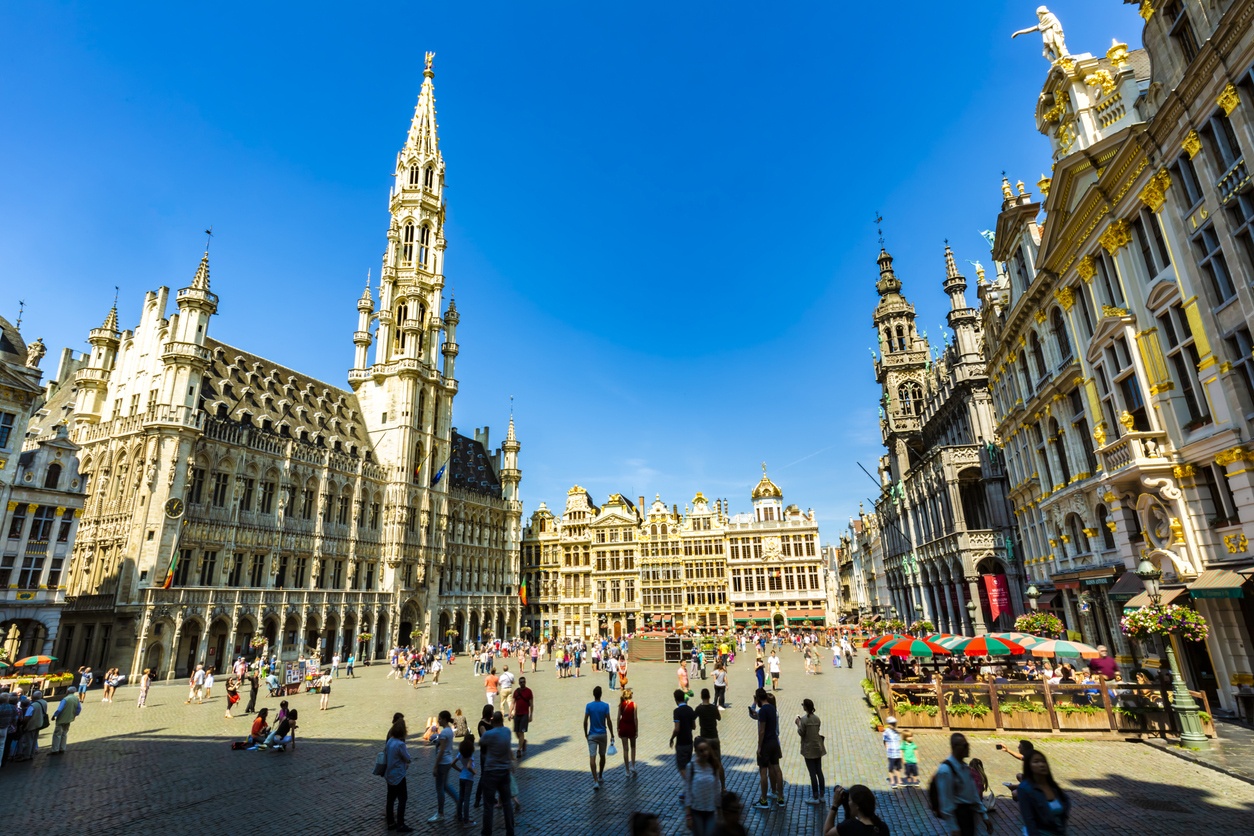
Grand-Place (Bruxelles, Belgium)
The Grand Place, or Grote Markt in Flemish, is one of the most impressive squares in Europe, and is considered by many to be one of the most beautiful in the world. Located in the historic center of Brussels, Belgium, the Grand Place is the heart of the city and is famous for its impressive Gothic and Baroque style buildings, dating mainly from the 17th and 18th centuries. The square is especially impressive at night, when it is illuminated and full of life. There you can find numerous restaurants, cafes and bars offering a wide variety of Belgian beers, as well as stores and market stalls selling chocolate, lace and other typical products of the region. The Grand Place is also the site of many events and festivals, such as the popular Flower Fair held every two years, which transforms the square into a beautiful garden full of colorful flowers and plants. In addition to its architectural beauty and vibrant atmosphere, the Grand Place has a rich history. It was built in the 13th century and has been the scene of many important events, such as public executions, coronations and city celebrations.
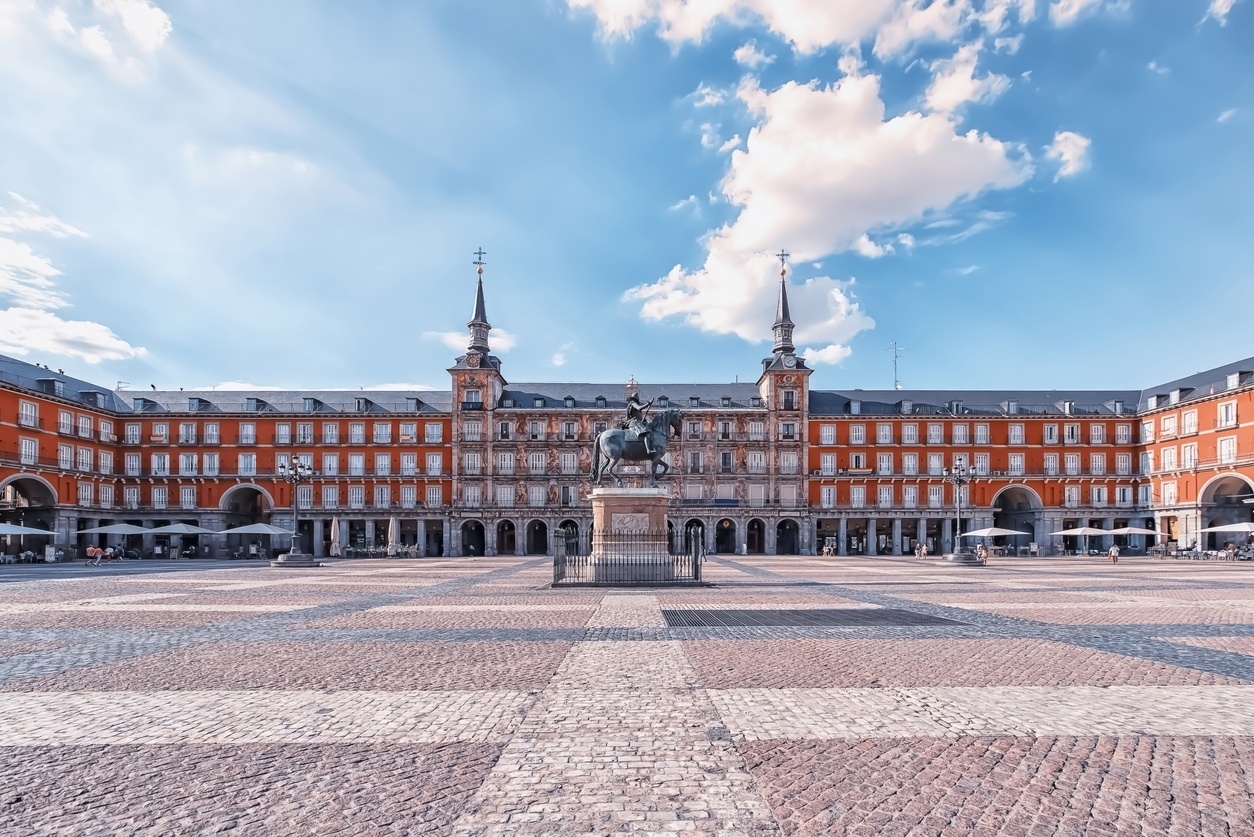
Plaza Mayor of Madrid (Spain)
The Plaza Mayor of Madrid is one of the most famous squares in Spain, located in the heart of the historic center of the city and capital. It was built during the 17th century, initially as an open-air market and venue for festivals, bullfights and other festivities. The square has a rectangular shape with three main entrances and is surrounded by baroque style buildings. The Casa de la Panadería, Casa de la Carnicería and Casa de la Villa, which were formerly the main markets of the city, stand out. In the center of the square is the statue of Felipe III, the king who ordered the construction of the square. Today, the Plaza Mayor is a popular place for tourists and locals looking to enjoy life in the city, with numerous restaurants, bars and stores.
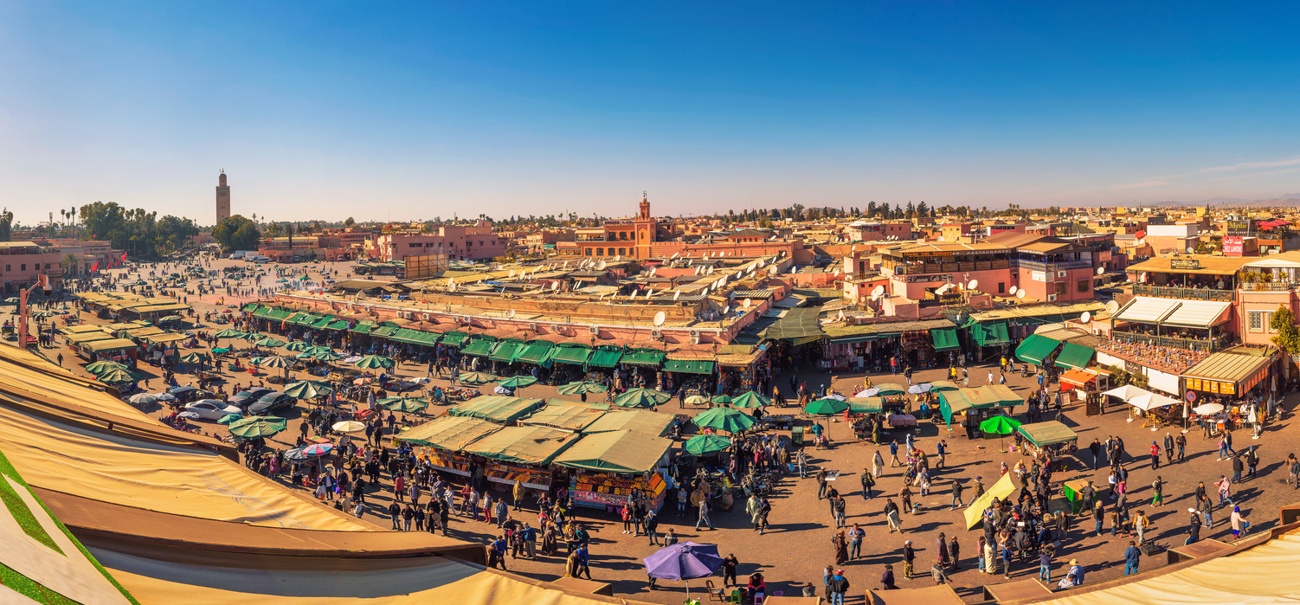
Jamaa el Fna Square in Marrakech (Morocco)
The Jamaa el Fna Square is the heart of the city of Marrakech in Morocco. It is one of the largest and most bustling squares in the world and a meeting place for locals and tourists alike. During the day, the square is an open-air market where you can find vendors selling everything from spices to handicrafts. At night, the square becomes a lively place with numerous food stalls, musicians, dancers and acrobats attracting crowds of people. There are also storytellers and traditional healers. The square has been a meeting point and a center of Marrakech’s social and cultural life for centuries. It is a unique place that offers an authentic and vibrant experience of Moroccan culture.
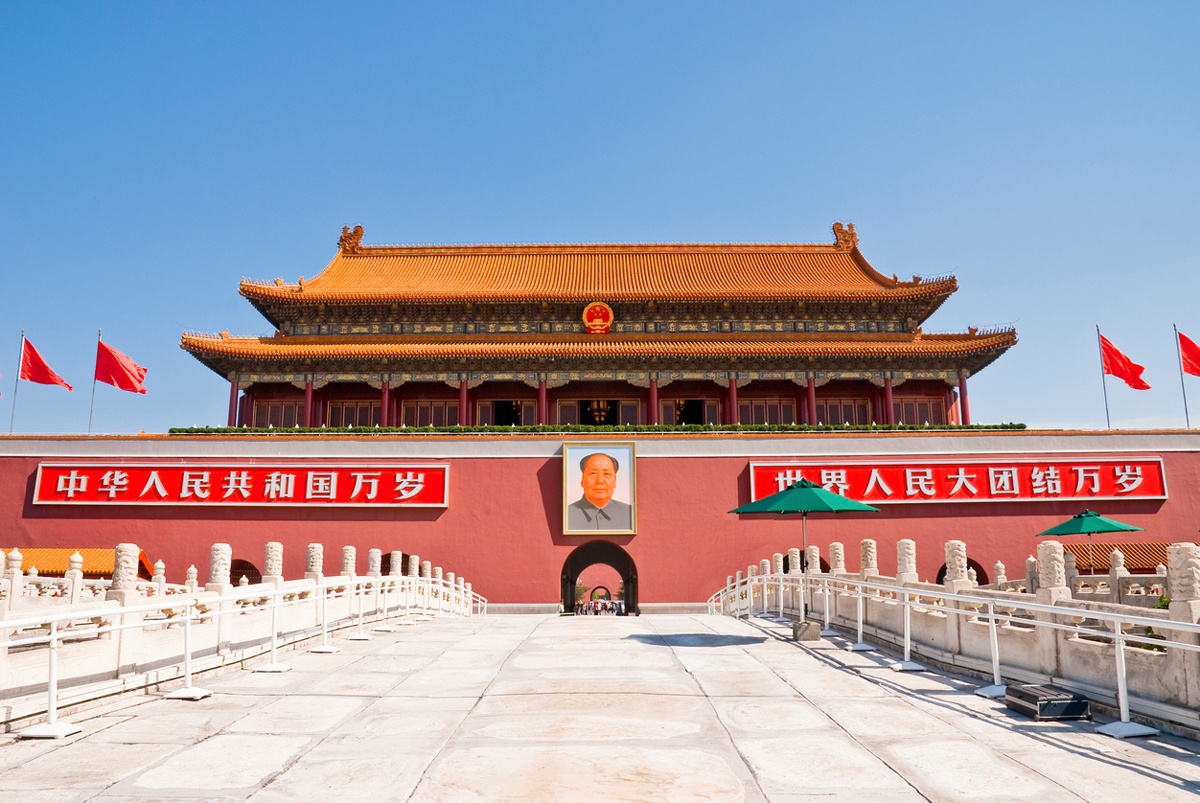
Tiananmen Square, Beijing (China)
Tiananmen Square, also known as Heavenly Peace Square, is one of the largest squares in the world located in the center of Beijing, China. It is a symbolic place of the city and the country, where important events such as the national flag-raising ceremony, military parades and political demonstrations are held. The square is famous for its monumental architecture, highlighting the Zhengyangmen Clock Tower and the Mausoleum of Mao Zedong at its northern end. It is also home to the National Museum of China and the Great Hall of the People, the meeting place of the National People’s Congress. However, Tiananmen Square also has a tragic history, being the scene of the Tiananmen Massacre in 1989, when thousands of Chinese students and civilians protested for political and democratic reforms, and were suppressed by Chinese military forces. This part of history has been controversial and has led to censorship and control of information in the country.
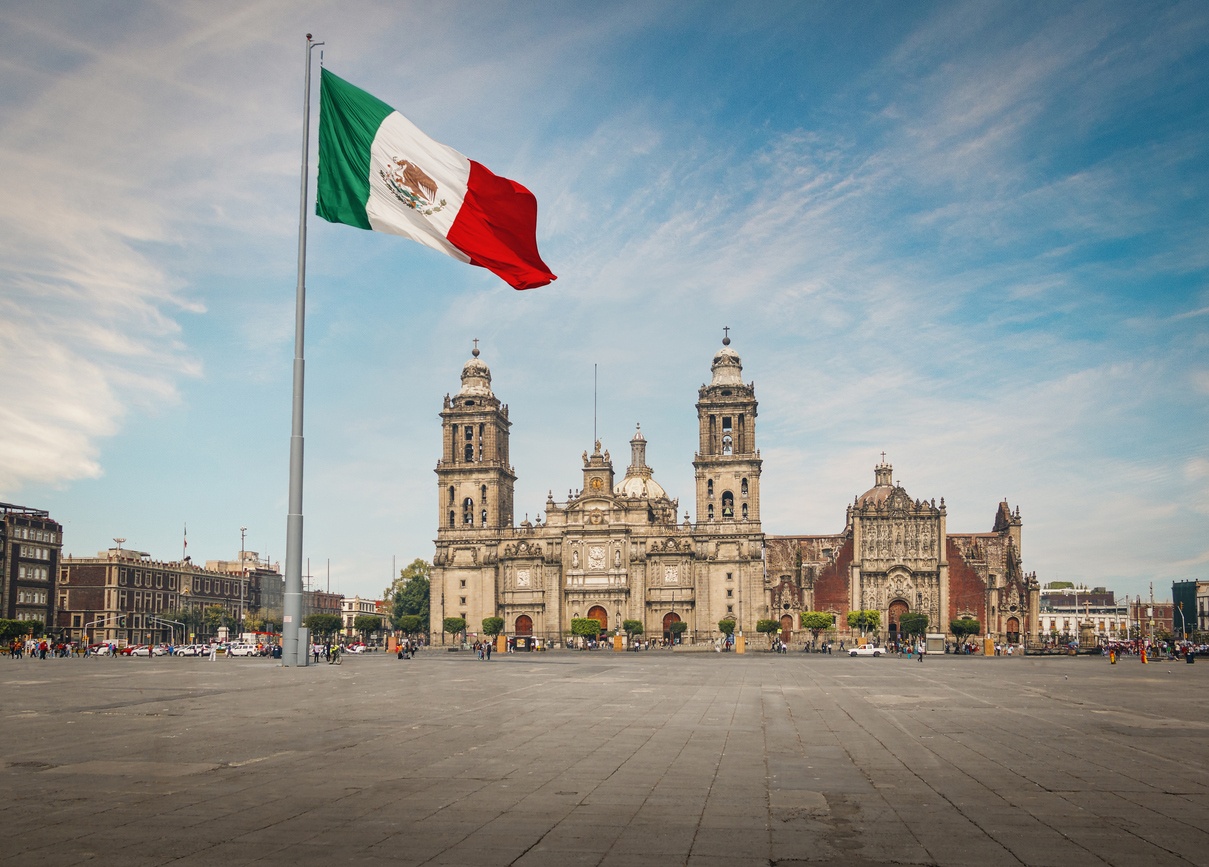
Mexico City Constitution Square
The Plaza de la Constitución, popularly known as the Zócalo, is Mexico City’s main square and one of the largest in the world, with an area of more than 57,000 square meters. It was built on the remains of the Aztec Templo Mayor and became the central square of the Mexican capital after the arrival of the Spaniards in the 16th century. The plaza is surrounded by important historical buildings, such as the Metropolitan Cathedral and the National Palace, where the famous Diego Rivera mural «Man at the Crossroads» is located. It is also a popular meeting place for political demonstrations and cultural events, such as concerts and festivals. In the center of the square is a monumental flagpole 67 meters high, where the national flag is raised on special occasions. The Plaza de la Constitución is an important cultural and historical symbol of Mexico and a must-see for tourists visiting the city.
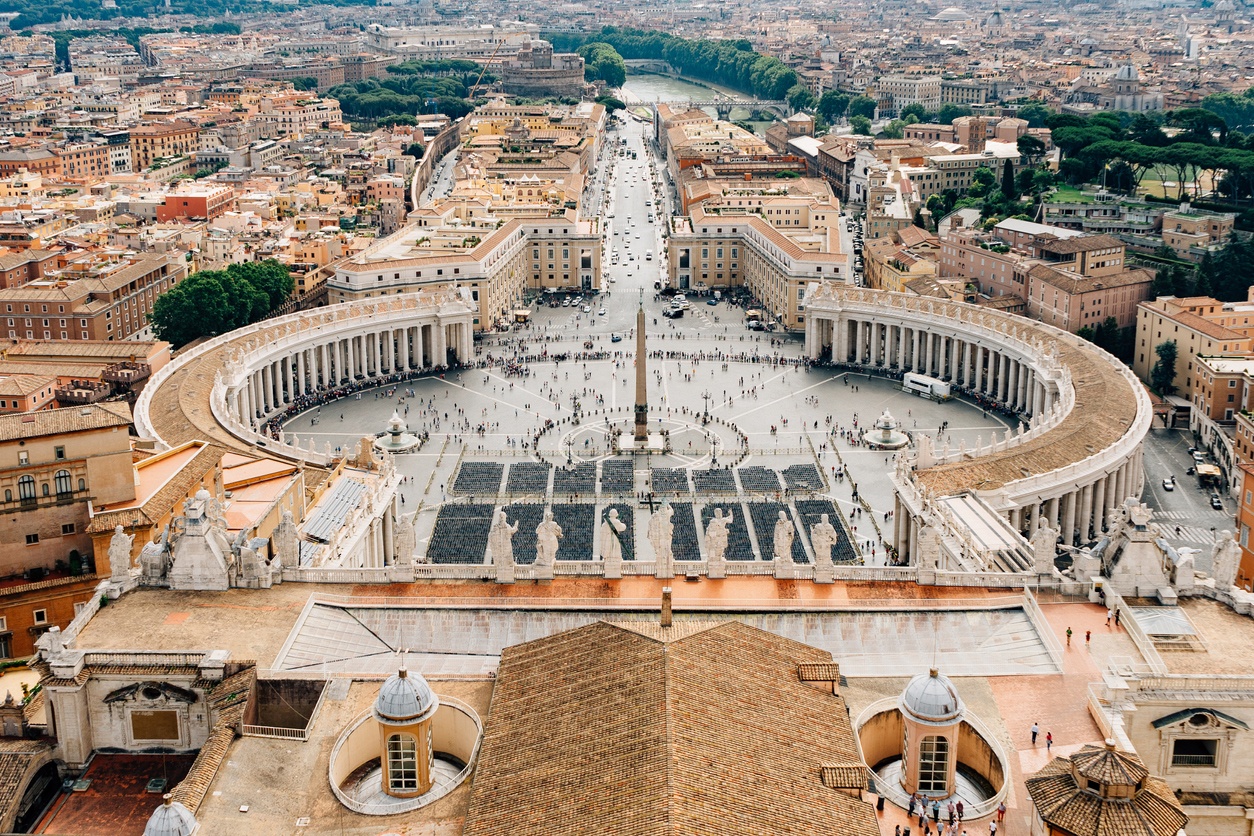
St. Peter’s Square (Vatican City)
St. Peter’s Square, located in Vatican City, is one of the most iconic and visited squares in the world. It is famous for being the place where the Pope meets with the Catholic faithful during the Wednesday papal audience and important celebrations. The square is impressive with an oval shape and surrounded by columns symbolizing Catholic saints. In the center of the square, there is the Egyptian obelisk of over 4000 years old that was moved to the square in the 16th century. The square also houses two fountains and is an access point to the interior of St. Peter’s Basilica, which is one of the most important religious sites in Christianity and a masterpiece of Renaissance architecture.
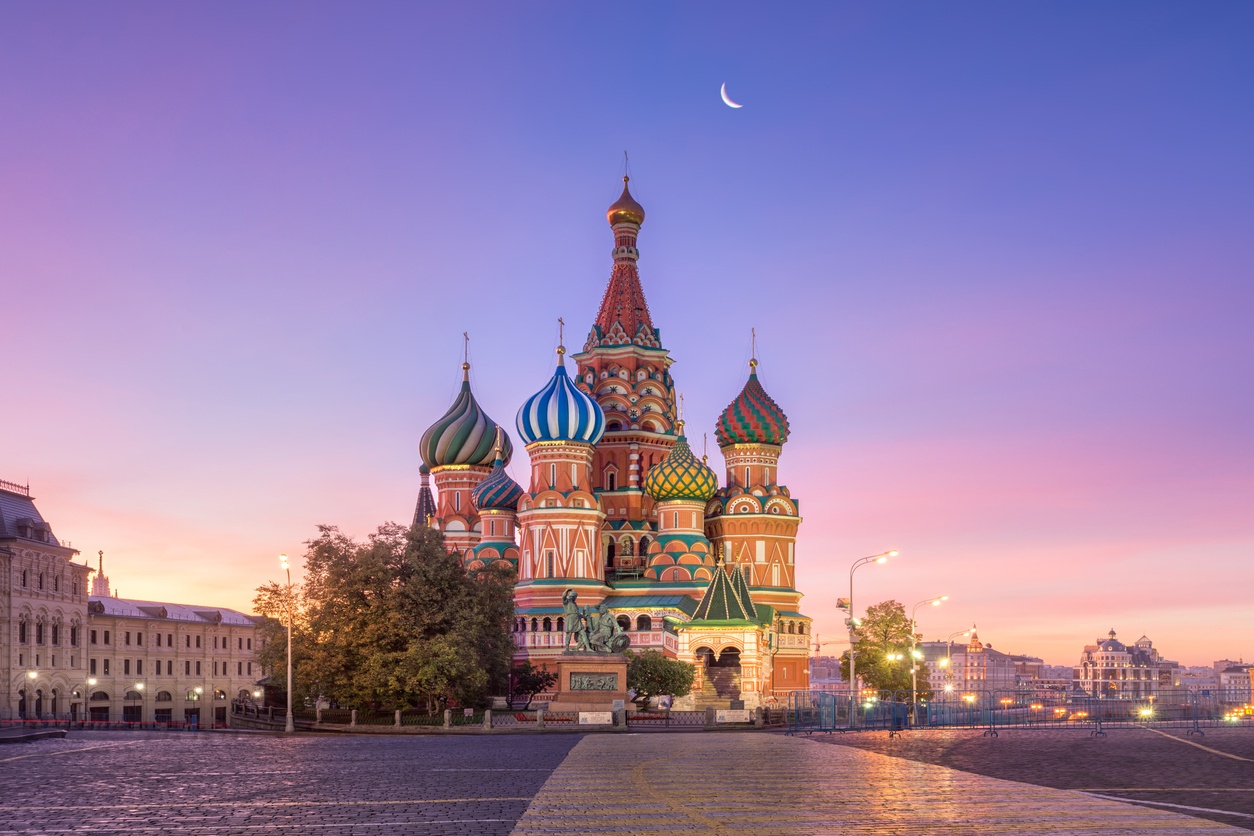
Moscow Red Square (Russia)
Red Square is one of the most iconic places in Moscow and Russia. Its name does not come from the color of its bricks but from the term «krasnaya», which in old Russian meant «beautiful». Red Square is one of the largest squares in the world, with an area of 75,000 square meters, and is famous for its historic buildings, such as St. Basil’s Cathedral, the Moscow Kremlin and the State Museum of Russian History. The square has been the scene of important historical events, including the celebration of festivals, the coronation of the tsars and the display of missiles and tanks during Soviet military parades. Today, Red Square is a popular tourist site and a UNESCO World Heritage Site.
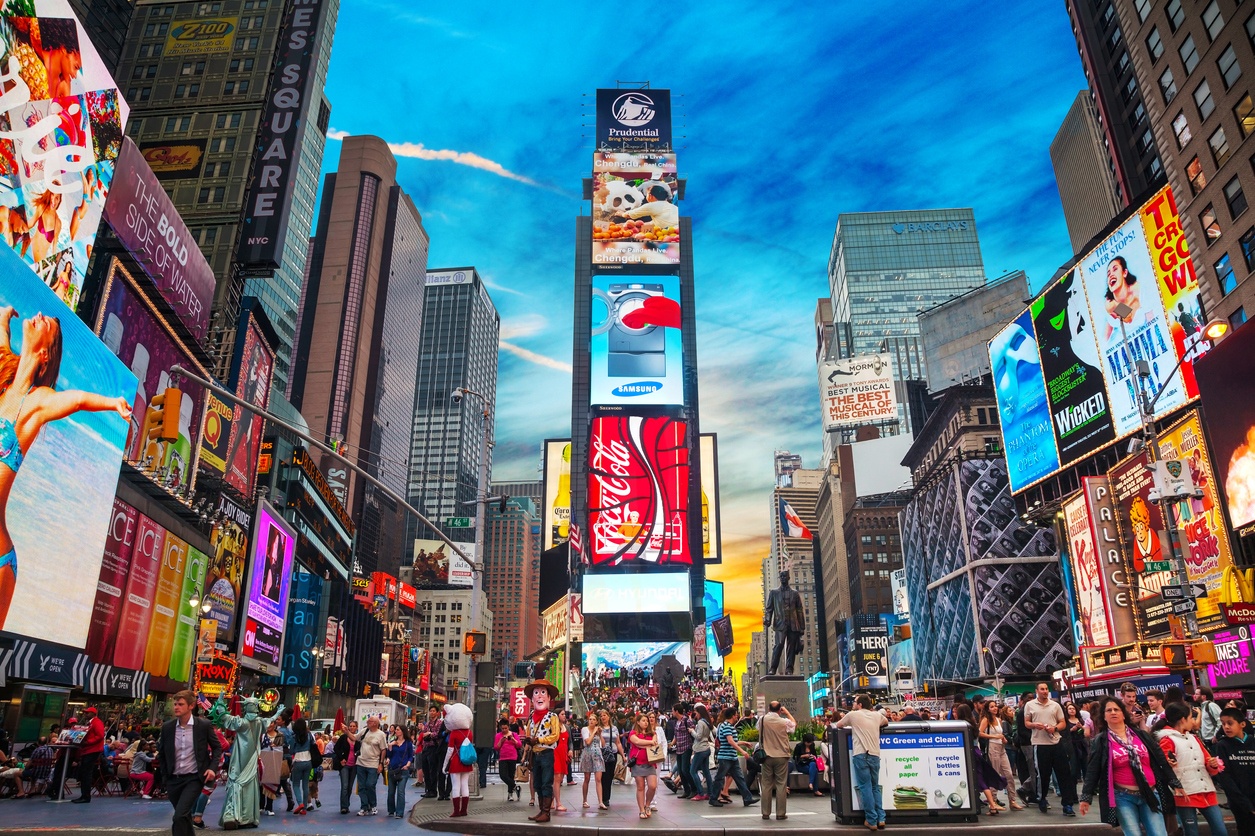
Times Square in New York (United States)
Times Square is one of the most popular tourist destinations in New York and the world. This iconic square is famous for its huge illuminated billboards and giant television screens. Times Square is located at the intersection of Broadway and Seventh Avenue, and is known as the «melting pot of the world» due to its cultural and ethnic diversity. The square hosts many important events, including the annual New Year’s Eve celebration that attracts millions of people from around the world. In addition, Times Square is a major business and entertainment center, with stores, restaurants, theaters and tourist attractions in the surrounding area. It is also a popular place to take photographs, enjoy live music and view the works of street performers.
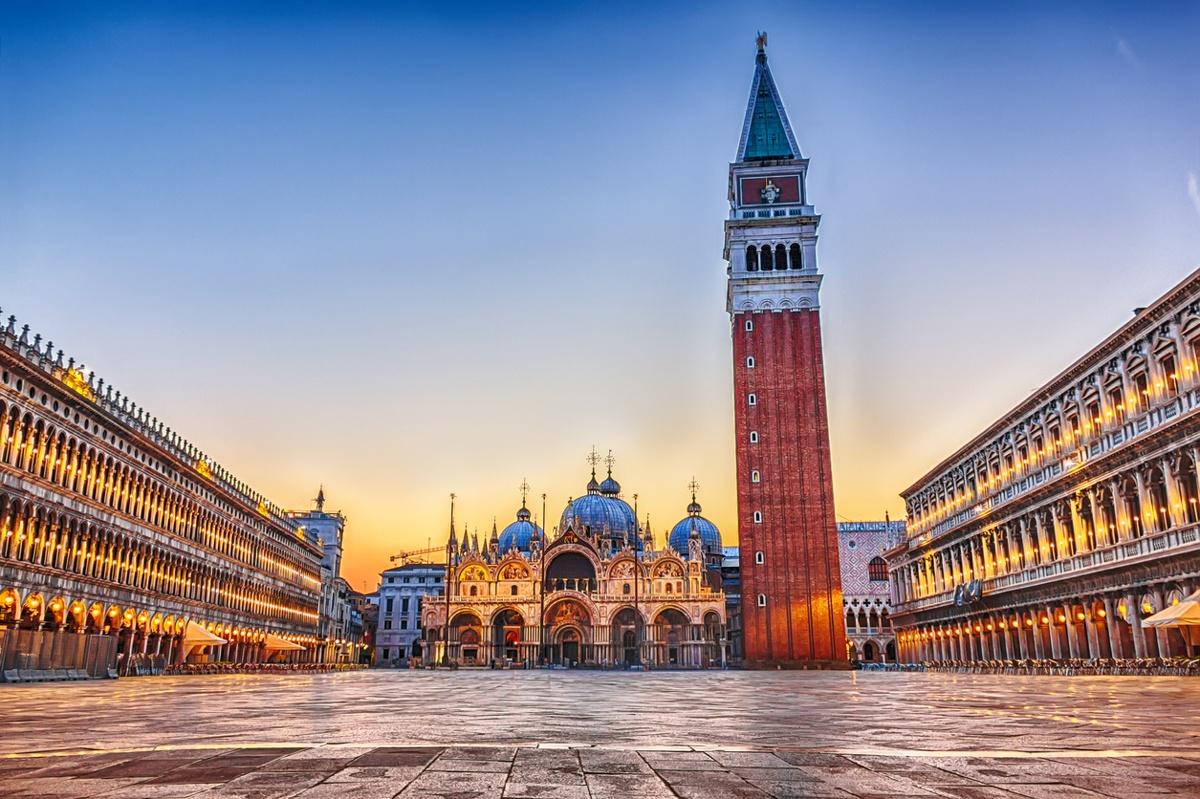
St. Mark’s Square, Venice (Italy)
St. Mark’s Square is one of the main tourist destinations in Venice, Italy. Dating back to the 9th century, the square is famous for its impressive architecture and for being the site of St. Mark’s Basilica, a masterpiece of Byzantine art. The square is also home to other important historical buildings, such as the Doge’s Palace and the Clock Tower. In addition to its impressive structures, St. Mark’s Square is known for being the place where hundreds of pigeons can be seen. However, despite its beauty, the square has faced increasingly frequent flooding due to rising sea levels. Despite this, St. Mark’s Square remains a must-see place to visit in Venice.

